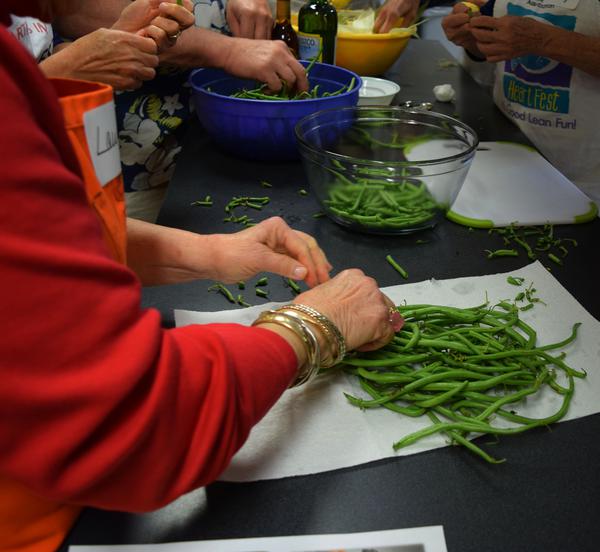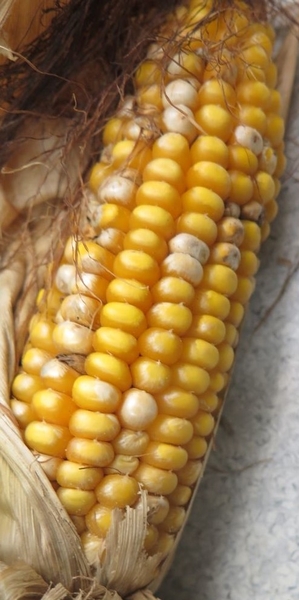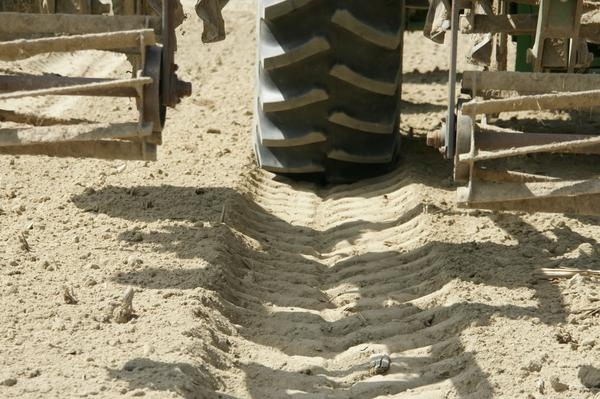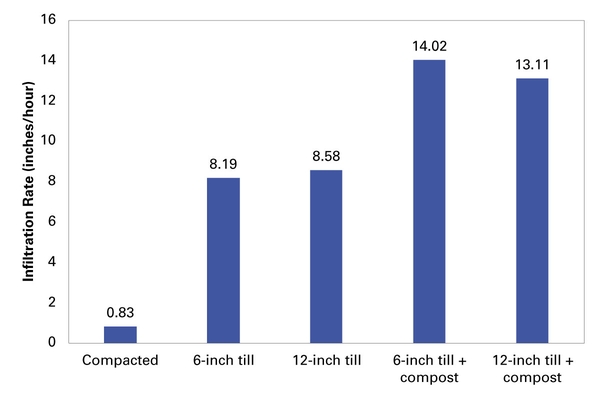
Share Your Rural NC Voice About Broadband Issues
You are invited to join the next NC Agriculture Digital Alliance quarterly meeting on Thursday, March 9, 2023 1:00 …

Extension and research at NC State address timely issues impacting our state. Extension delivers trusted information directly into the hands of farmers and agribusinesses, helping them translate knowledge into solutions that grow our economy and communities.
El inglés es el idioma de control de esta página. En la medida en que haya algún conflicto entre la traducción al inglés y la traducción, el inglés prevalece.
Al hacer clic en el enlace de traducción se activa un servicio de traducción gratuito para convertir la página al español. Al igual que con cualquier traducción por Internet, la conversión no es sensible al contexto y puede que no traduzca el texto en su significado original. NC State Extension no garantiza la exactitud del texto traducido. Por favor, tenga en cuenta que algunas aplicaciones y/o servicios pueden no funcionar como se espera cuando se traducen.
Inglês é o idioma de controle desta página. Na medida que haja algum conflito entre o texto original em Inglês e a tradução, o Inglês prevalece.
Ao clicar no link de tradução, um serviço gratuito de tradução será ativado para converter a página para o Português. Como em qualquer tradução pela internet, a conversão não é sensivel ao contexto e pode não ocorrer a tradução para o significado orginal. O serviço de Extensão da Carolina do Norte (NC State Extension) não garante a exatidão do texto traduzido. Por favor, observe que algumas funções ou serviços podem não funcionar como esperado após a tradução.
English is the controlling language of this page. To the extent there is any conflict between the English text and the translation, English controls.
Clicking on the translation link activates a free translation service to convert the page to Spanish. As with any Internet translation, the conversion is not context-sensitive and may not translate the text to its original meaning. NC State Extension does not guarantee the accuracy of the translated text. Please note that some applications and/or services may not function as expected when translated.
Collapse ▲
You are invited to join the next NC Agriculture Digital Alliance quarterly meeting on Thursday, March 9, 2023 1:00 …

For farmers who raise wool sheep, fiber goats, or alpacas in Western North Carolina, please see the following post …

The Siler City Growers & Makers Market is recruiting vendors for the 2023 season. The market is located at 202 …

Blueberries are a popular crop for commercial farmers as well as home gardeners in North Carolina. They are fairly …
Phosphorus management is an important aspect of the USDA-NCRS nutrient management standard. Anyone applying animal …

This publication, part of the Farm to Food Bank Resource Guide, describes food banks and …

This publication provides practical tips on how to promote health eating by incorporating fresh, local …

Phorid flies are small flies that breed in moist, decaying organic matter and can be …

Corn ear rot is a disease of corn caused by various types of fungi, including …

This publication discusses several causes of soil compaction and provides mitigation recommendations.
This publication offers fertilizer suggestions for a variety of crops, including field, pasture and hay …

This publication addresses the two major soil problems found on residential properties and how to …